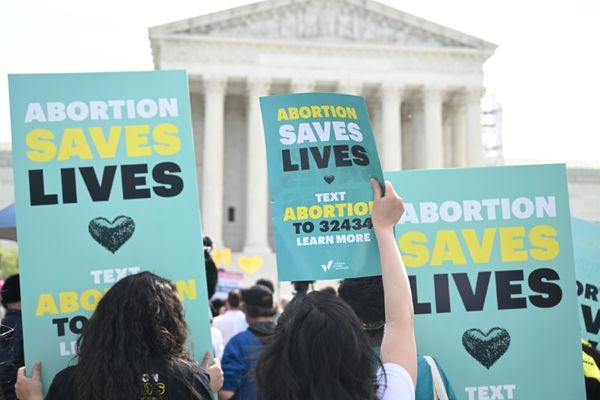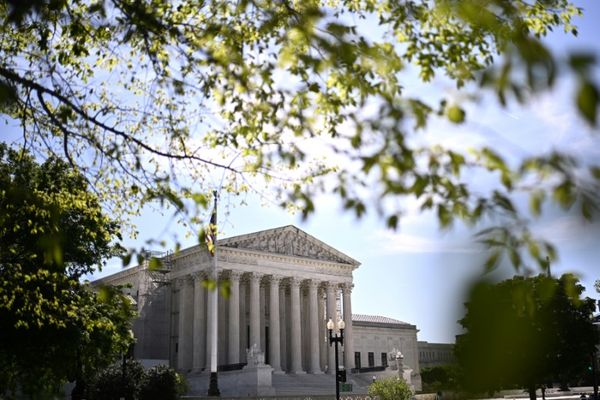
Princeton has no business, law or medical school. It is no football power. Yet it boasts the largest endowment per student of any US university. Its roughly $37 billion endowment benefits from the university’s longevity (founded in 1746), the affluence of its graduates and savvy long-term management. To turn those advantages into billions, however, you need alumni devotion.
An endowment connects past, present and future. It represents a financial commitment to institutional continuity despite institutional change. It requires faith, hope and love. Princeton is adept at instilling those qualities in its alums.
Take the costumes. Every class has its own, which changes every five years until the 25th reunion. For my fifth reunion, we wore a pith helmet and a shirt printed with palm trees and tigers. For the 10th, there was a kind of Flintstones theme, with a shirt of triangular orange stones outlined in black, accompanied by Butt Fur brand fleece shorts with tiger stripes. For the 25th, each class chooses a distinctive sports coat to be worn at all future reunions. Ours is a harlequin print with diamonds in orange, black, white and grey.
The crazy clothes identify classmates and give the campus a festive air. The novelist Anne Rivers Siddons, who attended her husband’s 25th reunion in 1973, described the atmosphere they create as “absurdly like Disney World, moved lock, stock and barrel into the Cathedral of Notre Dame. Perhaps even more absurdly, it didn’t look absurd." One of my classmates, who wore his reunion jacket to travel, reports that his husband didn’t even notice the oddity. He’d been conditioned by decades of reunions.
The ritual climax of reunions is the P-rade, held on Saturday afternoon. Beginning with the ‘Old Guard’ who’ve passed their 65th reunions and ending with the new graduating class, classes line up along the route, joining the line as their immediate predecessor passes. Many of the Old Guard ride in golf carts. Retired psychiatrist Joe Schein ’37, typically walks, leaning on the engraved cane honouring the oldest returning alum. High school marching bands provide music, live tigers have been known to show up, and some classes feature vintage cars. But the real attraction is the embodied history. “We saw 1865 march," read a sign I saw at one reunion. At my early reunions, classes from at least as long ago as 1909 were represented. The sight of the Old Guard inevitably moves the crowd.
“As they turned the corner onto Prospect Street," wrote Siddons, “the crowd rose spontaneously to its feet, sun hats off, and all along the street they rose till the entire street was lined with standing people as the Old Guard went marching by." Reflecting on her essay, Marilyn Marks, editor of the alumni magazine, wrote in 2016, “After 15 P-rades, the Old Guard still makes me cry."
But without the rest of the P-rade, the Old Guard would just be a bunch of aged men. The P-rade is a powerful ritual because it represents continuity amid change. The presence of the old reflects belief in the young. Whatever their disagreements or differences, in their orange and black they are all one tribe, from the good old boys’ network to the meritocratic strivers, the rowdy drinkers to the quiet nerds.
Princeton’s rituals enact the conviction that the Princeton of today descends from the Princeton of yesterday, that the many eras belong to one another, and that, whatever their differences and flaws, they are all beloved and good. It’s the kind of myth that’s easily discarded yet desperately needed in our divided culture.
My husband and I planned to be at Princeton this weekend, celebrating our 40th. Our harlequin sports coats are still spread out on the guest room bed, waiting to be packed. Life, in the form of a sudden injury, intervened. And maybe it’s just as well. We’re currently out of sorts with our alma mater, concerned that it has sacrificed its previously outstanding support of free speech to the political climate of the moment. We didn’t contribute to annual giving for that reason, despite the pressures of a major reunion campaign. But we do still love the place. We will go back, again and again. And if we are lucky, we may someday join the Old Guard.
Virginia Postrel is a Bloomberg Opinion columnist, a visiting fellow at the Smith Institute for Political Economy and Philosophy at Chapman University and author of ‘The Fabric of Civilization: How Textiles Made the World’.







